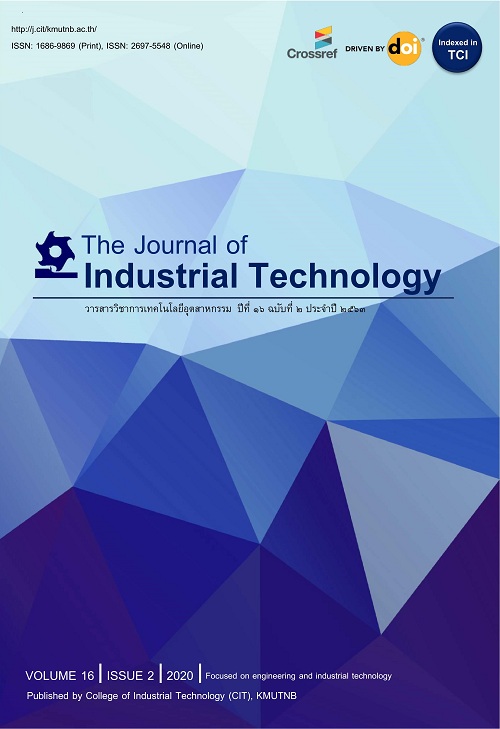Identification of bacteria and yeast communities in a Thai sugary kefir by Polymerase Chain Reaction-Denaturing Gradient Gel Electrophoresis (PCR-DGGE) analyses
Abstract
Abstract
The microbial diversity of Thai sugary kefir was identified for the first time by Polymerase Chain Reaction-Denaturing Gradient Gel Electrophoresis (PCR-DGGE) analysis. The V3 regions of 16S bacterial rDNA and 18S rDNA of yeasts in both kefir grains and kefir fermentates were analyzed. Acetic acid bacteria Gluconobacter japonicus and Bacillus cereus were identified with 99% similarity to the GenBank database. Other bacteria species, including Lactobacillus rhamnosus, were also identified with less than 97% similarity. Two yeast species, namely Saccharomyces cerevisiae, Candida ethanolica, were identified with 99% similarity to the GenBank database. Sugary kefir grains and fermentates have higher diversity of bacteria communities than yeast communities. In comparison with the microorganisms found in sugary kefir cultured in different parts of the world, Lactobacillus paracasei, Lactobacillus rhamnosus, Bacillus cereus, and Saccharomyces cerevisiae were the common species also found in a Thai kefir. This study is the first time to find the yeast Candida ethanolica in sugary kefir. Morphology of sugary kefir grains revealed that bacteria and yeasts spread throughout the grains. Yeast communities are located on the outer portion of kefir grains and the bacterial communities are located on the inner portion of kefir grains.
Keywords
Refbacks
- There are currently no refbacks.






